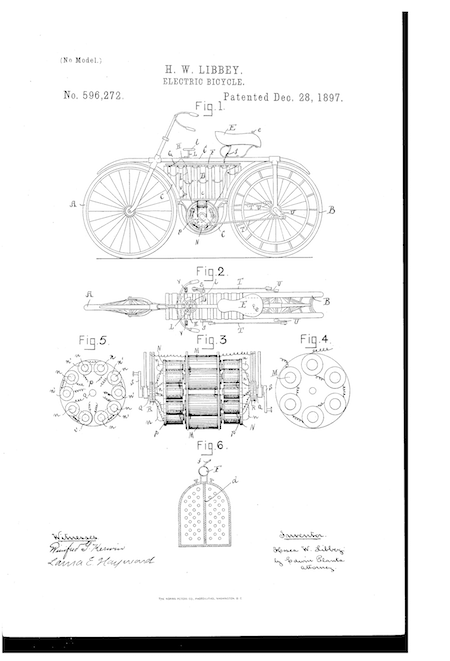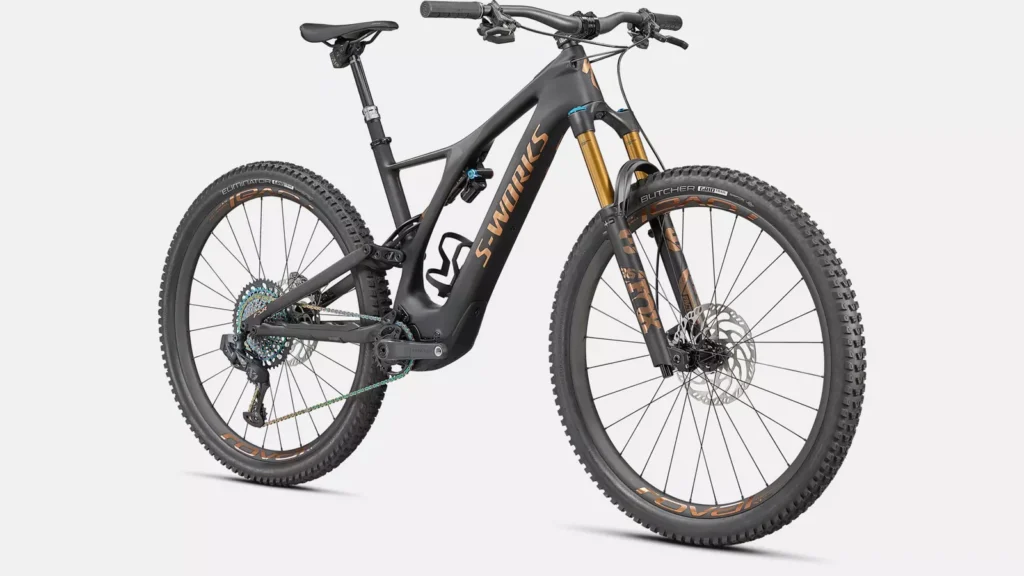
Electric bikes are more than just a fun tech fad. They could actually be the future of transportation. That said, there’s a big choice out there and a bit of knowledge is power so here are some interesting electric bike facts that should help you if you’re slightly bewildered or are considering buying one.
Backpedal Into History
Obviously electric bikes are not new. They’ve been around for decades. Across Europe, for example, e-bikes have long helped older adults maintain independence and are just now really blowing up with younger riders. In more bike-friendly countries like the Netherlands, there are more e-bikes sold than regular bikes. Overall, experts predict that worldwide sales will hit 23.8 billion US dollars by 2025.
It took a long time to get to this point. One of the first patents for an electric bike was registered in 1895 by an inventor named Ogden Bolton Jr from Ohio, USA. Bolton didn’t actually end up making or selling any of his ‘electrical bicycles’ but amazingly some of the same design details can be found in e-bikes today: a rear hub motor with a battery centrally mounted on the frame. Two years later, Hosea W. Libbey of Boston invented a double electric motor bicycle and in 1898, Mathew J. Steffens patented a rear wheel drive type. John Schnepf depicted a rear-wheel friction ‘roller-wheel’ style drive electric bicycle in 1899 and his invention was later re-examined and expanded in 1969 by G.A. Wood Jr. There was a lot of invention activity in 1890’s USA!
Yamaha, the Japanese automotive giant built one of the early prototypes of an electric bike in 1989 and invented the pedal assist system in 1993. Gradually their popularity began to grow.
Power on to Today

Generally speaking, electric bikes are bicycles having battery-powered assistance (pedal-assist system) that comes through when you pedal or, in some cases, use a throttle (power-on-demand system). Pushing on the pedal activates a small motor that gives you a boost. This means that, when you’re zipping up a hill or cruising over rough terrain, you don’t have to break into a sweat. Twisting a throttle does the same thing but without pedalling.
There are two types of motors. There’s the mid-drive which is located in the middle of the bike usually between the two pedals and then there’s the hub motor which is located in the centre of either the front or the rear wheel. There are pros and cons to both types of motors. Hub drives have been around forever and tend to be cheaper and more versatile. They’re really excellent motors for anyone needing a reliable e-bike for long, mostly flat commuting. Mid-drives are usually smaller and lighter and can allow for greater torque than hub drives making them well suited for hilly areas and off road use. Their centre position on the bike also creates a more balanced ride. Changing a tyre on a mid-drive bike is also usually less of a pain. E-bikes also tend to use different types of sensors to determine how best to dole out power. There are two types, torque sensors and cadence sensors. Torque sensors regulate the motor based on how hard you’re pushing the pedals, while cadence sensors work according to how fast you pedal.
Good bikes use torque sensors while the low-enders have cadence only but a lot of bikes use both. It’s important to think about how you plan on using the bike. Commuting, off-roading, touring? The better e-bikes brands usually match the appropriate motor placement with the type of bike they’re selling. Most mountain electric bikes come with mid-range motors while the majority of commuter bikes are hub based.
What about power? Manufacturers will often offer power ratings for a variety of reasons. Until recently power ratings were a way for bike companies to dance around Europe’s strict importation laws which prohibited anything stronger than 250 watts. But now Europe allows the sale of bikes with way more powerful motors, which is good because it allows bikes to be seen as a viable alternative to cars. Be aware that anything over 250 watts or that’s capable of powering at over 25 kilometres (15.5 miles) an hour, is not classed by law as a bicycle in the UK and that’s a different ball game when it comes to where you can ride and licensing/tax laws.
Note however, power ratings can be pretty subjective and you can probably get away with just ignoring them. To get a better idea of how much maximum power you’ll actually feel, check to see the volts and the amps associated with the particular bike. Multiply those two together to get the watt hours or the number of watts that can be delivered in an hour. This gives you a good sense of how much range you’ll get. A 672 watt hour pack will get you about 34 miles of range.
Transport of the Future?
There are a few reasons why an electric bike will be the future of transportation. Firstly, it lowers the barrier to biking. So if you’re someone who’s older or you’re stressed out about the strains of biking, it really lowers the bar and it’s easier to justify getting on a bike and just ride. You’re more likely to ditch your car or delete your Uber app if you know you’ll get to where you want to go without getting sweaty, out of breath and stressed out. Think of the parking advantages too. At the same time, if you think electric bikes take all the fun out of cycling, forget it!
A study of the cognitive and psychological effects of outdoor cycling actually found the same results for e-bikes and traditional bikes. They’re also a great choice if climate change concerns you. Electric bikes are way more sustainable than electric cars. They’re going to make our cities more liveable and they’ll help clear up traffic congestion. As our cities have become more congested, companies are turning to e-bikes to make their deliveries. Domino’s Pizza in the US are already using electric bikes to make pizza deliveries in some cities – traffic jams equates to cold pizza delivered by car or van. Delivery company DPD in the UK use really cute-looking mini trucks that are cleverly disguised electric bikes. E-bikes are changing the way that businesses are doing business.
There are also several towns and cities now offering e-bike rentals for getting about and even electric bike share schemes in a few areas.
Our streets and roads are designed for cars while pedestrians and bikers are really just an afterthought. But e-bikes can open up a whole world, especially for people with different abilities. Young, old, heavy or light, electric bikes are suitable for commuting, exercise or fun.
There are obviously more in-depth interesting electric bike facts, however, It’s a sure fact that once you start riding, you’re not going to want to stop.